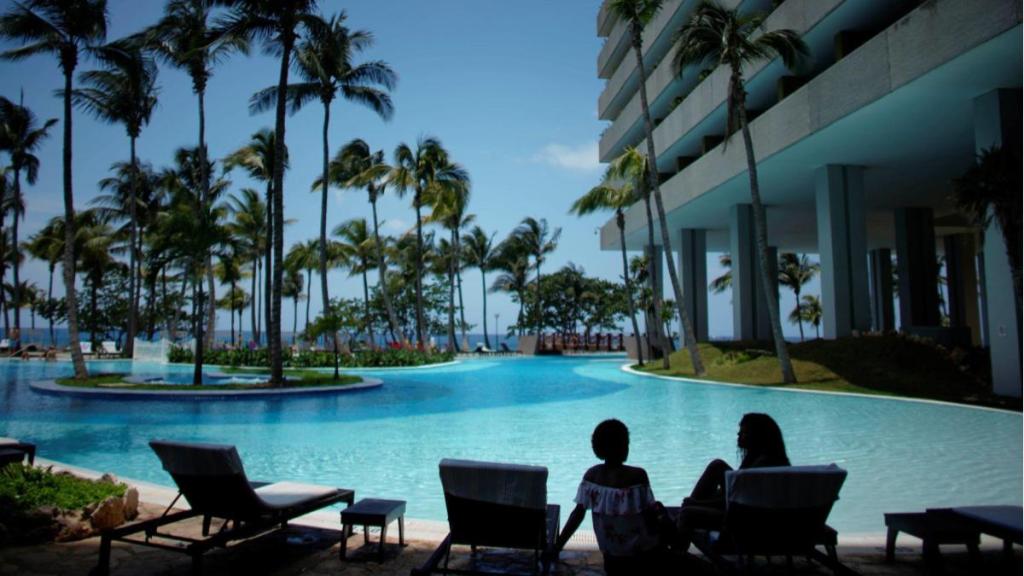Bangkok-based Minor Hotels, a global hotel owner and operator with more than 540 properties in 56 countries, is all set to intensify its presence in the Indian hospitality market. Dillip Rajakarier, CEO, Minor Hotels, and group CEO, Minor International, says quality is just as important as quantity, and the plan is to take a ‘partnerships over properties’ approach in India. He speaks to Vaishali Dar on the company’s expansion plans post the opening of Anantara Jaipur Hotel later this year and reaching a global target of more than 200 new openings by the end of 2026. Edited excerpts from an interview:
The launch of upper-upscale and luxury hotel segments like Anantara, Avani and NH Collection in India comes after a gap of seven years when you opened your first hotel in the country, Oaks Bodhgaya, in Bihar in 2017. Is there any specific reason for the delay in the launch?
It’s true that we opened our first hotel in India, Oaks Bodhgaya, in 2017. The pandemic derailed our development plans and stunted growth across the entire industry. As the industry reached pre-pandemic levels, we have accelerated our growth ambitions, targeting 200 new openings in the next three years, with growth in India crucial to helping us achieve this target. In India, quality is just as important as quantity for Minor Hotels. We have set our sights on 50 new openings in the next 10 years in India, and will take a ‘partnerships over properties’ approach by finding the right partners who will invest in creating unforgettable experiences aligned with our values and vision.
India is an important market in the APAC region with a host of well-established hospitality brands. How do you plan to position your brand, and offer a differentiated offering here?
Yes, there is untapped demand for upscale and luxury segments in India, and the demand for these offerings will continue to rise. We will focus on bringing localised experiential luxury, that immerses guests in the locale. For Anantara, our experiential luxury brand, we will target opportunities in Ayurvedic wellness retreats and wilderness lodges, and the conversion of historical palaces and forts. We see huge potential in India for outdoor experiential tourism, a gap our Anantara brand is well-positioned to fill. Minor Hotels has an incredible portfolio of wildlife viewing experiences in Africa with the Elewana Collection, and Anantara and Avani are also entering the space. Anantara Spa, our full-service spa brand, has taken inspiration from Indian traditional medicine; so, it is an exciting opportunity to expand our well-being offering in the home of Ayurveda.
Do you plan to look at only premium properties or are there budget brands in the offering?
Our initial focus is establishing Minor Hotels in the upper-upscale and luxury segments with Anantara, Avani and NH Collection brands. This is where we have identified gaps in the market and believe there is higher profit potential. Minor Hotels has eight in-house brands, ranging from mid-scale to luxury, catering to different travellers’ needs and desires. We plan to add multiple new brands to our portfolio this year, and next to fill unmet consumer demand and provide hotel owners more options. We may see a budget offering as part of that update.
India is flooded with established brands in the experiential, lifestyle space, targeting the young consumer. Do you have any specific offerings for millennials in India? Are there any specific brands or initiatives planned to cater to the segment?
With the interest in lifestyle hospitality experiences rising in India and globally, we see very few options in the ‘fun and funky’ space. We can address this niche with our upscale lifestyle brand Avani, which was launched in 2011. It has now grown to over 40 properties across five continents. Avani is designed for today’s traveller, offering stylish rooms, connected social spaces and relaxed dining with the right balance of upbeat service, fun and privacy.
India’s domestic tourism is a big market. How do you plan to cash in on the gravy train? Are there specific locations like tier 2 & 3 cities you have in mind?
Destination creation has been an instrumental part of Minor Hotels’ strategy and success over its 46-year history. India has many untapped hotspots and the ability to create many new destinations for both domestic and international tourists. While having a presence in major metros matters, we will focus on emerging destinations with untapped demand for upscale and luxury hospitality, especially in south India and the Himalayan region. Airlines increasing domestic and international connectivity and infrastructure investments have made tier 2 & 3 cities strong potential destinations for upscale NH Hotels & Resorts brand.
We are not limiting ourselves to cities as we see luxury wilderness lodges as a major opportunity in India, in places like the southern hill towns and northern Himalayas, and our Anantara brand is well-suited to fill that gap.
Our expansion will be driven by a mix of owned/leased properties, hotel management and franchise agreements as part of our ‘asset right’ strategy. We target more than 200 new openings globally by the end of 2026, and our growth in India will contribute towards this target.
The potential of religious tourism has been on the top of your mind ever since you launched Oaks Bodhgaya in 2017. Do you plan to capitalise on this area again?
Yes, religious pilgrimage destinations like Bodhgaya is one area where we will continue to explore and develop in the future.
India is a big wedding market, and with the upcoming wedding season, how do you plan to cater to this segment?
The opening of Anantara Jaipur Hotel later this year is one of the top destination wedding locales in the country. The hotel is designed to meet the demands of India’s rapidly growing wedding market, offering a mix of indoor and outdoor venues that can accommodate intimate and large-scale celebrations of up to 2,500 guests. Rajasthan offers much more than just weddings, too.


